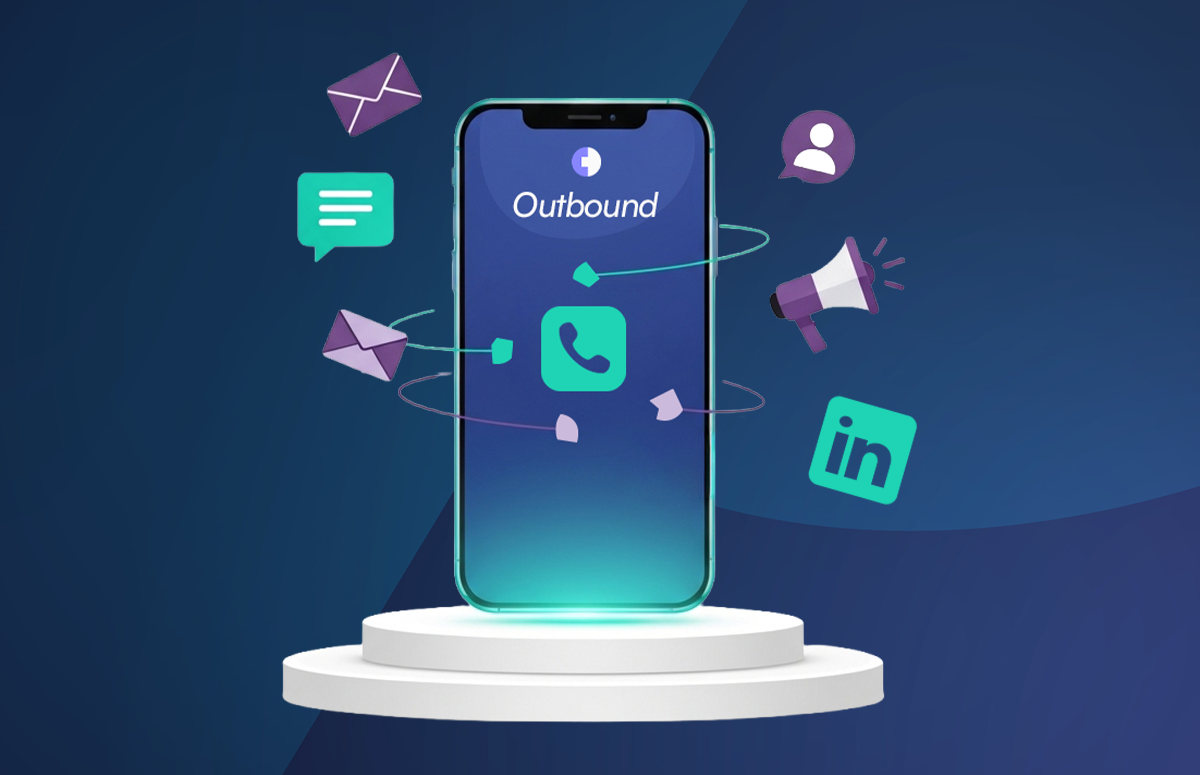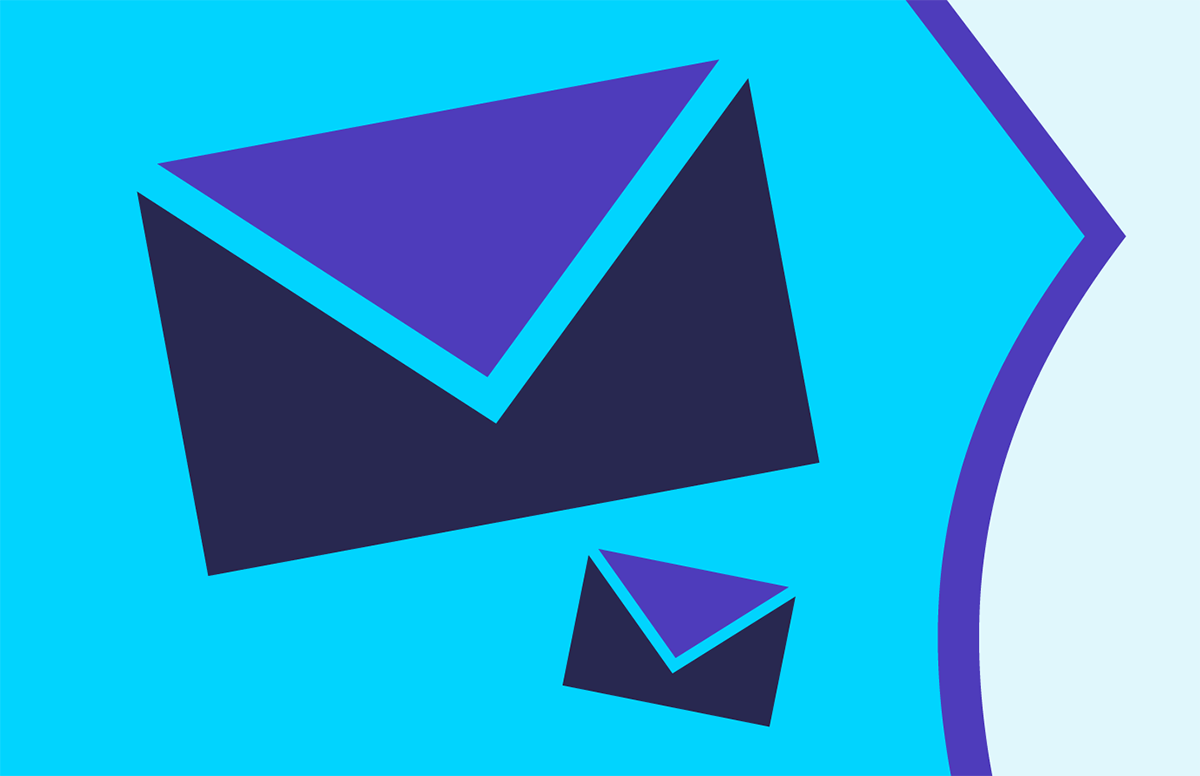What is an AI SDR? Benefits, Use Cases, and Examples
AI SDR FAQs:
The days of your sales team spending half their time on spreadsheets and database searches are numbered.
While your competitors are debating whether artificial intelligence is worth the investment, smart B2B companies are already using AI SDRs to automatically fill their pipelines with qualified prospects.
If you’re tired of your best reps wasting time on tasks that don’t close deals, it’s time to understand what AI SDRs can do for your revenue numbers.
What is an AI SDR?
An AI Sales Development Representative is essentially a tireless digital team member that handles all the lead generation work your human SDRs wish they could skip.
Instead of your sales reps spending hours trawling LinkedIn for prospects and crafting personalised emails, an AI SDR does the heavy lifting: finding qualified leads, researching their companies, writing email outreach messages, and managing follow-up sequences. All automatically.
The goal isn’t to replace your human sales team; it’s to free them up for what they’re actually good at. While the AI handles the prospecting grunt work, your reps can focus on having meaningful conversations with qualified buyers and closing deals.
Modern AI reps plug straight into your existing sales tools and work around the clock, so you wake up each morning to a fresh batch of qualified prospects ready for human attention.
How do AI SDRs work?
AI SDRs work by combining these core technologies:
- Artificial intelligence algorithms that analyse vast datasets to identify patterns in successful prospecting activities. They learn from successful and unsuccessful interactions to continuously improve performance.
- Natural language generation that enables these systems to create personalised outreach messages that come across as human-written. The generative AI tailors content to prospects based on their company, role, industry, and business needs.
- AI-powered automation that orchestrates sequences of activities across multiple channels, such as managing email campaigns, social media outreach, and follow-up schedules without manual intervention.
- Data integration with CRM systems, sales engagement platforms, and contact databases. The AI maintains unified prospect records and ensures seamless handoffs to human sales representatives.
The combination of these technologies allows AI reps to operate independently while maintaining alignment with team objectives and brand messaging guidelines.
What are the key differences between AI and human SDRs?
Apart from the obvious - that one is human and the other is a sophisticated piece of software that never needs coffee breaks - here’s a practical comparison:
The winning combination:
Most successful teams use AI SDRs to fill the top of the sales funnel with qualified prospects, then hand them to human SDRs who excel at building relationships and closing deals.
Think of it as AI for quantity, humans for quality.
What are the benefits of AI SDRs?
AI SDRs deliver tangible improvements that sales managers can measure and bank on:
1. Your pipeline stays full without the feast-or-famine cycle
No more Monday mornings wondering where your next batch of leads will come from!
AI reps continuously feed qualified leads into your pipeline, giving you a predictable lead flow that makes revenue forecasting reliable instead of educated guesswork.
2. Sales reps focus on selling, not searching
Your best closers spend their time closing deals rather than hunting for contact details or crafting the hundredth version of a cold email.
AI SDRs handle the grunt work, so your human team can concentrate on what they do best.
3. You can test and enter new markets without hiring sprees
Thinking about expanding into Germany or trying a new vertical?
Deploy AI SDRs first to gauge market response and identify the best opportunities before committing to expensive local hires. It’s like having a scouting team that never gets tired.
4. You get market intelligence while you prospect
AI SDRs don’t just find prospects, they gather market research on what’s happening in your target accounts.
Which companies are hiring? Who just got funding? What technologies are your prospects already using? This intelligence informs your entire go-to-market strategy.
5. New hires become productive immediately
Instead of waiting 3-6 months for new SDRs to ramp up their prospecting skills, they can start with a full pipeline of pre-qualified leads from day one.
Your training time shifts from “how to find prospects” to “how to close deals.”
What are the popular use cases for AI SDRs?
Here’s where AI reps make the biggest difference in B2B sales:
1. Qualifying inbound leads before they go cold
Your marketing team drives traffic, people fill out forms, then...
Nothing happens for 48 hours because your SDRs are swamped.
AI SDRs can instantly score and qualify every inbound lead, sending the hot ones straight to your best reps while putting the lukewarm prospects into nurture sequences.
No more losing deals because someone had to wait three days for a response!
2. Multi-threading accounts without the coordination headache
Want to reach multiple decision-makers at target accounts but worried about your reps stepping on each other’s toes?
AI SDRs can map out entire organisations, identify all the relevant stakeholders, and coordinate personalised outreach to each person; all while ensuring consistent messaging and timing across the account.
3. Timing outreach with buying signals
The difference between a “not interested” and a “let’s talk” often comes down to timing.
AI SDRs can monitor prospects continuously and strike when the iron’s hot - when companies announce funding rounds, start hiring sprees, or show intent signals around your solution category.
With Cognism’s signal data, you can track everything from funding alerts to technographic changes across 20,000+ technologies, automatically triggering outreach the moment a prospect becomes genuinely ready to buy.
Turn signals into sales 👉 Get a Cognism data sample
4. Account research powered by real-time intelligence
Instead of your reps spending 20 minutes researching each company before making a call, AI SDRs can instantly pull together comprehensive company profiles.
For example:
Cortex is Cognism’s governed AI research tool. It can generate ICP fit analysis and provide insights about business models, recent developments, and potential pain points, all before your rep picks up the phone.
5. Customer expansion and upselling
AI SDRs aren’t just for new business. They can monitor your existing customer accounts for expansion signals - new hires, additional locations, technology changes - and automatically engage the right stakeholders about relevant upsell opportunities.
Your account managers stay focused on strategic relationships while AI handles the tactical prospecting.
6. Pipeline protection during rep transitions
When your top SDR leaves, their prospect relationships don’t have to die with them.
Sales AI software can immediately take over nurturing those prospects, maintaining consistent communication while you hire and train a replacement.
No more watching months of prospecting work disappear during staff transitions!
7. Reactivating dormant prospects
Those 10,000 prospects who went quiet last quarter? AI SDRs can systematically re-engage them with fresh messaging based on any changes in their company situation.
With Cognism’s continuous data monitoring, your AI SDR knows when prospects change jobs, get promoted, or when their companies announce new funding - perfect triggers for re-engagement.
What are the best practices for implementing AI SDR agents?
Getting AI SDRs up and running isn’t just about flipping a switch. Here’s how to do it properly:
1. Start with your data foundation (don’t skip this!)
Your AI SDR is only as smart as the data you feed it. Garbage in, garbage out isn’t just a saying - it’s an expensive reality when your AI starts reaching out to the wrong people with the wrong information.
Using Cognism data ensures your AI SDRs operate with the highest quality foundation:
- Diamond Data®: Phone-verified mobile numbers that increase connect rates by 3x on average, ensuring your AI SDRs reach actual decision-makers.
- Multi-source verification: Data sourced and verified across 100+ sources via Cognism’s proprietary Cortex AI, with each company profile built from 60-200 data points.
- Continuous monitoring: Real-time data updates and human validation of over 100k mobiles monthly, combating natural data decay.
- Compliance-first approach: GDPR and CCPA-compliant data, cross-checked against 13 Do Not Call lists globally, more than any other provider.
- Signal data enrichment: Hiring trends, funding alerts, technographics covering 20,000+ technologies, and intent data to provide context for optimal timing.
- Machine learning verification: Sophisticated ML models and systematic testing frameworks ensure data quality before it reaches you.
More deals with less dials 👉 Get a Cognism data sample
2. Define your handoff rules clearly
Your AI SDR needs to know exactly when to pass prospects to humans. Create specific criteria: “If prospect asks about pricing,” “If they mention a competitor,” “If they request a demo.”
Without clear handoff rules, the AI will try to handle complex conversations it can’t manage, and humans will waste time on prospects who aren’t ready.
3. Set up proper integration workflows
Your AI SDR should slot into your existing sales stack seamlessly. Map out how data flows between your AI SDR, CRM, sales engagement platform, and communication tools.
Cognism Sales Companion, for example, can export qualified leads directly from LinkedIn to your sales tools while maintaining data consistency across platforms.
4. Create feedback loops with your sales team
Your reps will quickly spot what’s working and what isn’t. Set up weekly reviews where they can flag lead qualification mistakes, messaging that’s falling flat, or opportunities the AI missed.
This feedback makes your AI rep smarter over time.
5. Plan your messaging strategy carefully
Your AI SDR will send hundreds of messages using your company’s voice. Create detailed brand guidelines, approved message templates, and clear dos and don’ts.
Test different AI email outreach with small groups before rolling out larger campaigns.
What are the best AI sales development tools?
1. Cognism Sales Companion
Leading the pack is Cognism Sales Companion, an AI-powered advisor specifically designed for B2B sales teams.
Sales Companion combines quality data with intelligent automation to deliver:
- Phone-verified Diamond Data®: Direct access to decision-makers with mobile numbers verified at 3x higher accuracy than industry averages.
- AI-powered research: Instant company insights with ICP fit analysis powered by Cortex, Cognism’s governed AI.
- Intelligent recommendations: Personalised prospect suggestions based on your target market and personas.
- Seamless integrations: Native connections to leading CRMs and sales engagement platforms.
What sets Sales Companion apart is its foundation of quality data, ensuring AI recommendations and automation are built on accurate, compliant, and up-to-date information.
Meet Sales Companion, your +1 for faster, smarter sales - take an interactive tour below 👇
2. Salesforce Agentforce
Agentforce-powered AI agents help sales teams with pre-built SDR skills. Key features include:
- Deep CRM integration with Salesforce Customer 360 for unified prospect data.
- Atlas Reasoning Engine for intelligent decision-making and lead prioritisation.
- Einstein Trust Layer ensuring secure, compliant AI interactions across business systems.
3. Reply.io’s Jason AI
Jason AI specialises in multichannel outreach automation, delivering speed and precision. Core capabilities include:
- Multichannel sequence automation across email, LinkedIn, and cold calling.
- AI-powered personalisation using prospect data and behavioural insights.
- Automated follow-up scheduling based on prospect engagement patterns.
4. Artisan’s Ava
Ava automates over 80% of the outbound demand generation process. Key features include:
- Access to 300M+ B2B prospects across 200 countries for comprehensive lead discovery.
- Personalisation insights from social media pages and company websites.
- Hyper-personalised email marketing.
5. 11x Alice
11x Alice focuses on buyer identification and engagement through AI-powered prospecting. Main features include:
- Automated prospect research and qualification using multiple data sources.
- Personalised outreach messaging based on prospect company and role analysis.
- Lead scoring and prioritisation to focus efforts on high-intent prospects.
What’s the future of AI SDRs?
AI reps are already delivering real value for many B2B teams, and several practical improvements are on the horizon:
1. Enhanced conversation intelligence
Current AI SDRs handle basic interactions well but struggle with nuanced conversations.
The next generation will better understand context, handle multi-threaded email conversations, and provide more sophisticated objection handling without immediately escalating to humans.
2. Broader channel automation
Most AI SDRs today focus heavily on email with basic LinkedIn integration.
As voice AI and video generation technology improve, expect stronger capabilities in phone, video prospecting, and social selling.
3. Deeper CRM and sales tool integration
Rather than just syncing contact data, future AI reps will leverage your complete sales history, win/loss analysis, and deal patterns to improve targeting and messaging.
4. More sophisticated lead scoring and routing
AI SDRs will get better at combining multiple data sources and behavioural intent signals. This will lead to them identifying truly qualified prospects faster and at scale.
And as we said before, platforms like Cognism will provide the data foundation on which AI sales assistants thrive.
Ready to transform your sales process with AI SDRs?
As Brian Aggerbeck, VP of Professional Services at Cognism, puts it:
“The difference AI makes is in how dynamic your go-to-market motion can be. You’re surfacing the right information at the right time, not just sitting on a static list of contacts from last quarter.”
“If you’re not using these tools and your competitors are, they’re going to be ahead of you.”
Brian’s right - AI SDRs aren’t just a nice-to-have anymore. They’re becoming essential for staying competitive.
But here’s what makes the difference between AI reps that deliver results and those that waste your time:
The quality of data they’re working with.
You can have the smartest AI in the world, but if it’s reaching out to contacts who left their jobs months ago or calling numbers that don’t work, you’re just automating failure. That’s why successful AI SDR implementations start with verified, continuously updated data that connects you with real decision-makers.
This is exactly what Cognism Sales Companion provides. With Diamond Data® offering phone-verified mobile numbers and Research by Cortex AI delivering real-time company insights, your AI SDR becomes that dynamic, intelligent prospecting machine Brian described, one that gives you a genuine competitive advantage.
Don’t let your competitors get ahead while you’re still working with static contact lists. Book a demo today to see how Cognism can power your AI sales strategy.
/CTAs%20(SEO)/CTA%20banner-Generate-leads-demo.png?width=1376&height=528&name=CTA%20banner-Generate-leads-demo.png)


